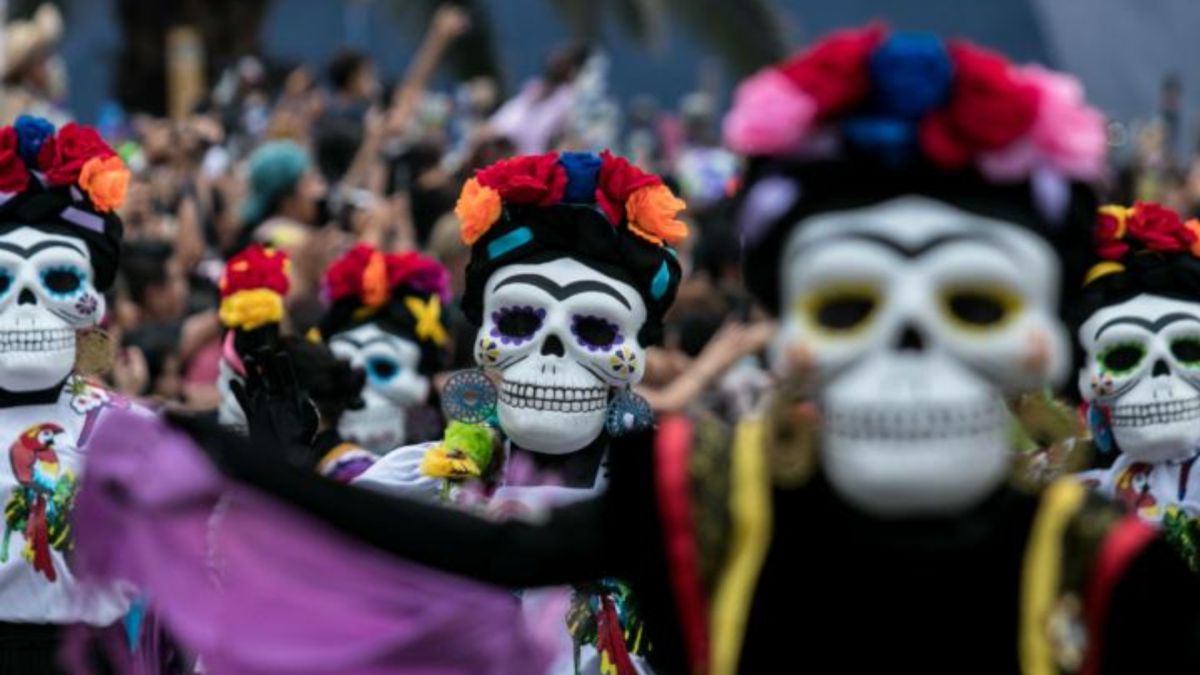
The second Day of the Dead with COVID-19
In the aftermath of the COVID-19 health crisis, the Mexican and Latino communities maintain their traditional Day of the Dead celebrations.
The tradition of celebrating the Day of the Dead is a mixture of the Indigenous heritage of the original peoples of Latin America and Spanish culture. Every November 1 and 2 Latin American countries and the Latin community in the diaspora celebrate those loved ones who left the earthly plane. However, in many of our cultures, we believe that their souls return on these days to enjoy the offerings we leave in their honor.
After the health crisis hit the world leaving at least 2 millon lost on its passage through the continent, the Latino community maintains the tradition of paying homage to their dead, preparing altars, visiting their relatives in the cemeteries and remembering all those who are no longer with us today.
Although restrictions still exist in many countries that do not allow the celebration to be carried out as usual to avoid crowds, the Latino community continues with its tradition.
RELATED CONTENT
In Mexico, the country most recognized worldwide for this tradition, people prepare the altars in their own homes, decorated with photos of the deceased, with orange flowers, food, drink and everything they enjoyed in life.
This year in Mexico and due to the advance of vaccinations, some activities may be resumed and many cementeries will reopen to receive the deceased. But this is not the case of all Latin America, which celebrate Day of the Dead with some variations.
Outside the region, the Latino community keeps its traditions alive. In Queens, for example, Mexicans celebrated Day of the Dead with a crowded walk on the afternoon of Oct. 31 from the Queens Museum to Corona Plaza. The Mexican community prepared traditional costumes, altars built by community members, face painting, mariachis, live music and an Aztec blessing.











LEAVE A COMMENT: